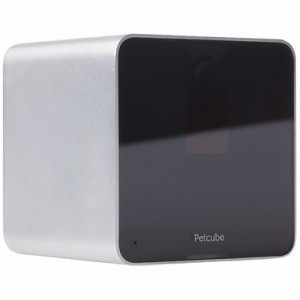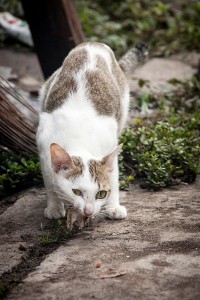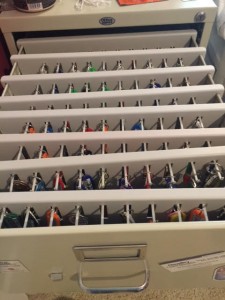 When you are away, do your pets play? Do they surf the counter, lick the dishes clean, or hide under the bed?
When you are away, do your pets play? Do they surf the counter, lick the dishes clean, or hide under the bed?2. Do you need high-quality resolution or simply a feed of the activity in your home?
3. Do you want the footage recorded to the cloud or a tape for later playback?
4. Is cost an issue?
A few highly recommended cameras with details about their features are listed below. Just make sure to read the reviews before you buy, so that you know the limitations of each camera.
$199.00
Ceiling mounted
Easiest set-up: Just plug the camera into a power source, take a photo of the QR code with the iOS or Android app (see, QR codes aren’t completely worthless) and plug in your wireless password.
captures 1080p video (up from 780p), has 8x digital zoom, night vision and two-way communication so you can yell at a burglar or listen to your dog bark at the bathtub.
Motorola Pet Scout66 Wi-Fi HD Pet Monitoring Camera
by Motorola, $93.69
Remote HD quality video streaming (requires internet access via Wi-Fi)
Set up in seconds using the Free Hubble App
Motion triggered recording and image snapshots (requires compatible viewing device with storage capability)
Two-way communication with high sensitivity microphone
In room temperature display and infrared night vision
Sundirect HD 720P Wireless
Price:$149.99
- Remote Live Video Streaming Via Smart Phone, Tablet or PC Web Browsers (IE/Firefox/Safari/Google etc)
- 720P HD Video Capture | 12 Infrared LEDs for Clear Night Time Recording
- Video Recording to Internal TF Card only ?Support Max 32GB), No Remote Recording
- Motion Detection Video or Snapshot Alert
- Clear 2 Way Voice, 4x Digital Zoom, Pan and Tilt Controls
Petcube Camera
Size: 4″ x 4″ x 4″





















